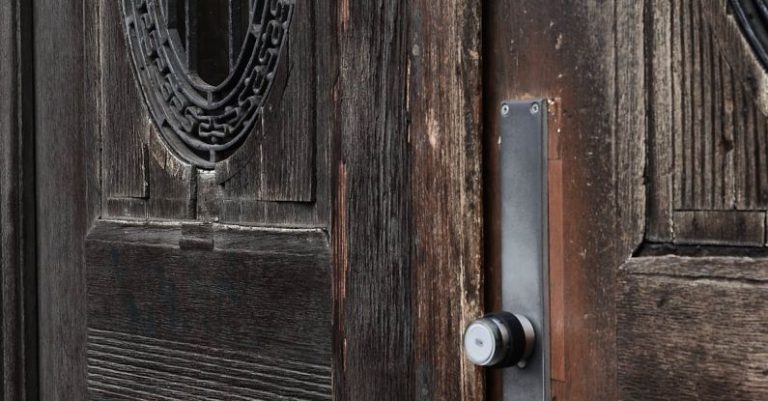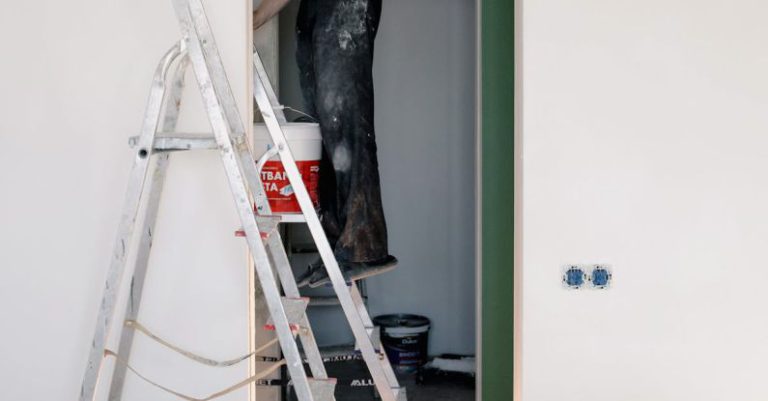What Are the Best Practices for Lock Repair

When it comes to ensuring the security and functionality of your home or business, having properly working locks is essential. Locks play a crucial role in safeguarding your property and belongings, making it crucial to address any issues promptly. Whether you are experiencing a jammed lock, a broken key, or general wear and tear, knowing the best practices for lock repair can help you maintain a secure environment. In this article, we will explore the key steps to follow when repairing locks to ensure optimal performance and security.
Assessing the Issue
Before diving into the repair process, it is important to first assess the issue at hand. Take the time to examine the lock carefully to determine the root cause of the problem. Is the lock sticking or not turning smoothly? Are there visible signs of damage or wear? By identifying the specific issue, you can better plan the necessary repairs and ensure that you address the problem effectively.
Choosing the Right Tools
Having the right tools is essential for successful lock repair. Depending on the type of lock and the nature of the problem, you may need a variety of tools such as a screwdriver, lubricant, replacement parts, and a key extractor. It is important to have these tools on hand before starting the repair process to avoid delays or complications. Additionally, using high-quality tools can make the repair process smoother and more efficient.
Cleaning and Lubricating the Lock
One of the most common issues that locks face is dirt and debris buildup, which can cause the lock to jam or operate less smoothly. To address this, start by cleaning the lock mechanism thoroughly using a mild solvent or compressed air. Remove any visible dirt or grime from the keyway and internal components. Once the lock is clean, apply a lubricant specifically designed for locks to ensure smooth operation. Avoid using WD-40 or other general lubricants, as they can attract more dirt and worsen the problem.
Repairing or Replacing Parts
If the lock is still not functioning properly after cleaning and lubricating, it may be necessary to repair or replace certain parts. This could involve fixing a broken spring, replacing a damaged key cylinder, or installing a new latch mechanism. When replacing parts, make sure to use high-quality components that are compatible with your specific lock model. Improperly fitted or low-quality parts can compromise the security and functionality of the lock.
Adjusting the Lock
Sometimes, a misaligned lock can cause issues with its operation. If you find that the lock is not aligning correctly or is difficult to turn, you may need to adjust its position. This can usually be done by loosening the screws that secure the lock in place, making the necessary adjustments, and then tightening the screws again. Be sure to test the lock several times to ensure that it is now functioning smoothly.
Maintaining Regular Inspections
As with any mechanical device, locks require regular maintenance to ensure optimal performance and longevity. Make it a habit to inspect your locks periodically for signs of wear, damage, or malfunction. Addressing minor issues early on can prevent more significant problems down the line and help prolong the lifespan of your locks.
In summary, knowing the best practices for lock repair can help you address issues promptly and maintain the security of your property. By assessing the problem, using the right tools, cleaning and lubricating the lock, repairing or replacing parts as needed, adjusting the lock if necessary, and conducting regular inspections, you can keep your locks in top condition. Remember that when in doubt or if the issue is complex, it is always best to seek professional assistance to ensure the safety and security of your home or business.





